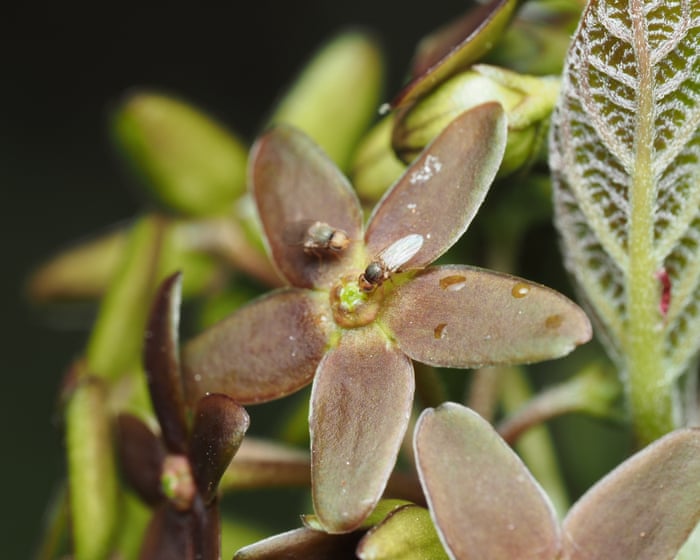SpaceX launches 3 probes to study space weather and map the boundaries of our solar system
PositiveScience

SpaceX has successfully launched three probes, including NASA's IMAP mission, to explore space weather and its impact on Earth. This mission is significant as it aims to enhance our understanding of the solar system's boundaries and the effects of solar activity on our planet, which could lead to better predictions of space weather events that affect technology and daily life.
— Curated by the World Pulse Now AI Editorial System















